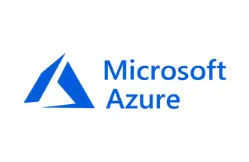SCCM Interview Questions And Answers
Here are some questions and answers related to System Center Configuration Manager. These questions and answers are provided by Apponix Technologies, Bangalore. These questions will help you to get a job in popular organizations. These questions are useful for preparing for interviews.
Here Are The Top Interview Questions And The Tips In Facing The Interview.
1.What is SCCM?
Answer:- SCCM or System Center Configuration Manager or ConfigMgr is a software management group. It is designed and established by Microsoft. It grants the users to handle computer systems that run either on Windows or Linux or macOS.
2.What are called SCCM boundaries?
Answer:- SCCM boundaries helps to allow customers to a precise system center 2007. For each and every site, the boundary should be unique. It consists of IP subnet, Active Directory site names, IP ranges, and IPv6 prefix.
3.What are the kinds of sites available in SCCM 2007?
Answer:- Child site, Parent site, Primary site, and Secondary site are the types of sites available in SCCM 2007.
4.What are the variants of sites available in SCCM 2012?
Answer:- Primary site, Secondary site, and Central Administration site.
5.What do you know about Site server?
Answer:- Site server is the computer where Configuration Manager 2012 or 2007 is installed.
6.What is the Site System role?
Answer:- Site system role is a function and it is helpful to use Configuration Manager features or Configuration Manager 2007.
7.Is there any possible way for a secondary site to have child sites?
Answer:- No, because the secondary site is always considered to be the child site for the primary site. So, it can never have a secondary site.
8. Is there is any possible technique to change a secondary site to a primary site?
Answer:- No, it is not possible to change a secondary site to a primary site unless you delete or install again. It will be possible only by deleting or reinstalling the process. And you will lose the entire secondary site data if you decide to delete and reinstall.
9.What is used for configuring manager 2007 grading?
Answer:- Server local points.
10.What is the function of BITS in SCCM?
Answer:- Background Intelligent Transfer Service or BITS enables the data transfers to use only the existing bandwidth and never hinder the network when distributing information to the customers.
11.What is called the Content Library?
Answer:- The content library is also known as Single Instance Store. It helps the entire content to be piled up in the distribution points.
12.Does Configuration Manager support 64-bit OS?
Answer:- Yes, it supports 64-bit OS.
13.List out the objects that can migrate from Configuration Manager 2007 to SCCM 2012?
Answer:- The objects that can migrate from Configuration Manager 2007 to SCCM 2012 are,
-
Task sequences
-
Collections and boundaries
-
Virtual application packages
-
Configuration items
-
Packages distributing Software
-
Software update deployment templates
-
Configuration baselines
14.What is the full form of ITMU?
Answer:- ITMU means Inventory Tool for Microsoft Updates.
15.List out Client deployment methods.
Answer:- Various Client deployment methods are,
-
Client Push Installation
-
Logon script Installation
-
Manual installation
-
Group Policy installation
-
Upgrade installation
-
Software update point based installation
16.What are the different prerequisites required for the Software update point?
Answer:-
-
Network load balancing
-
Windows update agent
-
Windows Installer
-
Site Server communication
-
Windows Server Update Services
-
Background Intelligent Transfer Server
17.What is an SMS provider?
Answer:- SMS provider or WMI provider lets you to read and write in the Configuration Manager 2007 site database. It can be installed on-site server computer and site database server computer.
18.What is a Server Locator Point?
Answer:- Server Locator Point is the SCCM hierarchy. It is utilized to finish the client site project on the intranet and help the customers in finding MP.
19.How many categories of Senders are existing in SCCM?
Answer:- There are two kinds of senders in SCCM.
20.What are the two types of senders in SCCM?
Answer:- They are Standard sender and Courier sender.
21.What are the ports used in SCCM?
Answer:- The ports used in SCCM are port TCP 2701 and port 443.
22.Is it feasible to install the Configuration Manager client Components without determining the computer initially?
Answer:- Yes, it is feasible to install the Configuration Manager client Components without determining the computer initially.
23.What are the steps to take the remote control of the client system with the use of the SCCM console?
Answer:- Follow the steps given below to take remote control of the client system.
-
Open the SCCM console.
-
Go to “All Systems”. The client system will be populated in this path.
-
Right-click on the client system and select “Start”.
-
Select “Remote tools”.
24.Why should we use a program and package to deploy Software instead of application deployment?
Answer:- In some cases, it occurs like a script deployment running on a client system but unfortunately does not install the Software. This is why we should use a program and Package instead of application deployment.
25.Do you think the Configuration Manager helps in identifying the computers which are used by a user to support the User Device Affinity feature?
Answer:- Yes, Configuration Manager collects data from customer devices which can be used to describe User Device Affinity feature.
26.Does the term 'Software' include driver and script?
Answer:- Yes, the term ‘Software’ includes Configuration stuff, applications, Software updates, task classifications, Configuration baselines, scripts, and device drivers.
27.What is CAS?
Answer:- CAS stands for Central Administration site and it can handle up to 25 child primary sites. Anyone can opt for CAS if they have more than 100000 clients.
28.What is the purpose of schema extension in SCCM?
Answer:- It is necessary to distribute the Configuration Manager 2012 information to Active Directory.
29.What is SUP?
Answer:- Software update is a site System role. It must be created on the server where WSUS has been installed. WSUS and the Software update point intermingle with each other to create the Software update backgrounds and demand for Software updates metadata organization.
30.What is the Management point?
Answer:- The management point is the primary point of contact between the site server and configuration manager clients. It can afford announcements, installation rudiments, and source file locations for Software distribution Package.
31.Explain Database replication.
Answer:- Database replication relocates information for configurations and settings to various other sites in the Configuration Manager hierarchy. It is done mechanically while joining a fresh site
32.Explain Active Directory forest recovery.
Answer:- It is a creative discovery scheme in System Center 2012 Configuration Manager. It allows the users to discover network positions from numerous Active Directory forests.
33.Name the Configuration Manager version which supports migration.
Answer:- Configuration Manager 2007; sites with SP2 supports migration.
34.Is it attainable to deploy applications using task sequences?
Answer:- Yes, it is attainable to use the task sequences for deploying applications.
35.Which one can be used to specify administrative users, User accounts or Security groups?
Answer:- It is better to use a Security group than user accounts at the time of Configuration for role-based administration.
36.Can we deploy definitions with the use of Configuration Manager distribution points?
Answer:- Yes, it is possible to deploy Endpoint Protection definitions with the use of Configuration Manager Software updates.
37.What is limiting collection?
Answer:- The whole collection is restricted to the association of some other collection in System Center 2012 Configuration Manager.
38.What is Software metering?
Answer:- Software metering is used for monitoring and collecting data which are related to the software used on various clients of Configuration Manager.
39.Can we use same name for task sequence?
Answer:- Yes, we can use similar name for task sequence. It is not necessary that we must use unique names.
40.What is SCCM?
Answer:- SCCM means System Center Configuration Manager. It lets users to manage a higher quantity of windows based computers.
41.What does SCCM offer?
Answer:- It offers Remote Control, Software distribution, Operating system deployment, Patch Management, and Network Access Protection.
42.What is known as boundaries in SCCM?
Answer:- Boundaries means the network location that contains the devices that you need to manage.
43.What is known as inventory in SCCM?
Answer:- Inventory in SCCM provides disk space, operating system, processor type, and other system information related to each computer.
44.What are the types of inventory in SCCM?
Answer:- Hardware inventory and software inventory.
45.How can we check the server version of SCCM?
Answer:- First open your SCCM console and select “About Configuration Manager” from your top left-hand side icon.
46.What is WSUS?
Answer:- WSUS means Windows Server Update Service. WSUS helps the administrator to set up the present updates in the Microsoft product to computers that runs the Windows OS.
47.What is DDR?
Answer:- DDR is Discovery Data Records. The approximate size of the individual DDR is 1 KB.
48.What are the available Discovery Methods?
Answer:-
-
Active Directory System Discovery
-
Active Directory User Discovery
-
Active Directory Security Group Discovery
-
Heartbeat Discovery
-
Network Discovery
-
Forest Discovery
49.What are the advantages and disadvantages of deployment?
Answer:- The advantages of deployment are,
-
It can manage all huge and complicated networks.
-
It can be reconstructed on a computer.
The disadvantages of deployment are,
-
It is not user friendly.
-
It is not easy.
-
We require a per installation package for a single update.
-
Able to download metadata in the context.
-
Generate Application.
-
To handle the devices which are exterior to the organization's web.
50.What are the steps for deploying Software?
Answer:- Follow these steps for deploying Software.
-
Generate Application.
-
Create user collection for setting the regulations.
51.Explain the deployment type.
Answer:- Deployment type includes an application and recognizes the installation documents. It is how the layout executive would utilize to deploy the Software. Its regulations and framework depend on the technique of Software installation on the customer system.
52.What is used to handle a customer in a network?
Answer:- Primary site behaves like a child site for many other sites. So the customer can enter the site straight.Answer:- For authorizing co-management for the customer of SCCM, you have to choose the options. To enable co-management for the device is handled by SCCM and arrangement. From the menu, you can select Pilot or ALL to handle each customer of all and pilot SCCM by Intune.
54.How can we authorize SCCM co-management for Intune managed devices?
Answer:- We can authorize co-management to handle Intune gadgets. Firstly, you have to create an app in Intune. The application will deploy customers of SCCM against Intune controlled devices.
55.What are the benefits of Intune?
Answer:- Intune is the cloud-based service to handle mobile devices. It helps to maintain Windows and numerous mobile devices. The benefits of Intune are,
-
To handle the mobile gadget to enter the facts of the organization.
-
To handle the devices which are exterior to the organization's web.
-
To maintain all the mobile applications.
-
To secure the details of the organization.
-
To install the Windows 10 appliances, then utilize the Autopilot.
56. How can we deliver the content to the clients?
Answer:- We can deliver the content with the help of the Distribution point.
57.What is used for sending package data?
Answer:- Courier senders are used for distributing Package data to different sites.
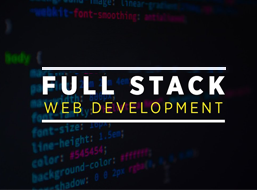
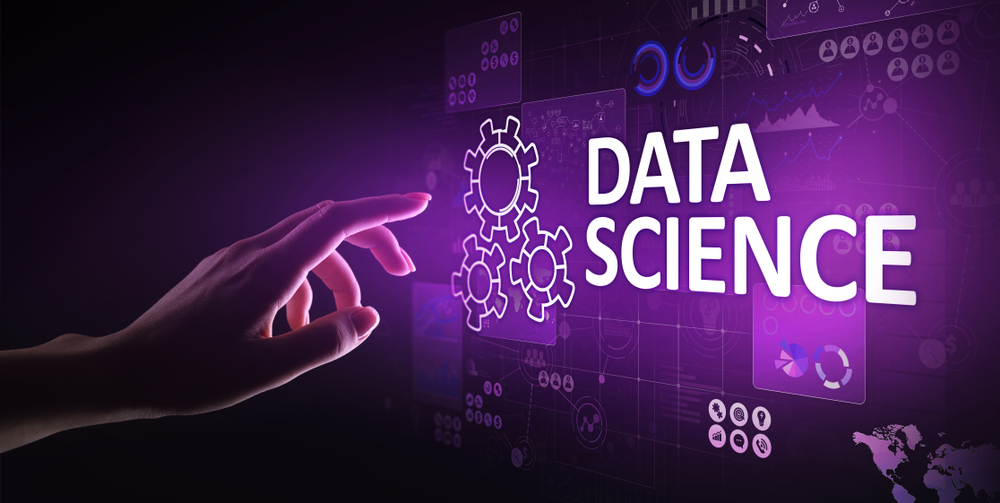
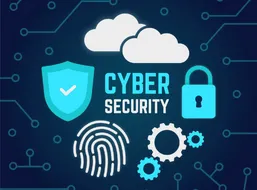
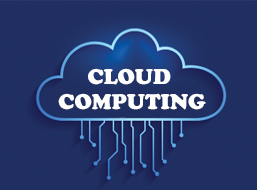
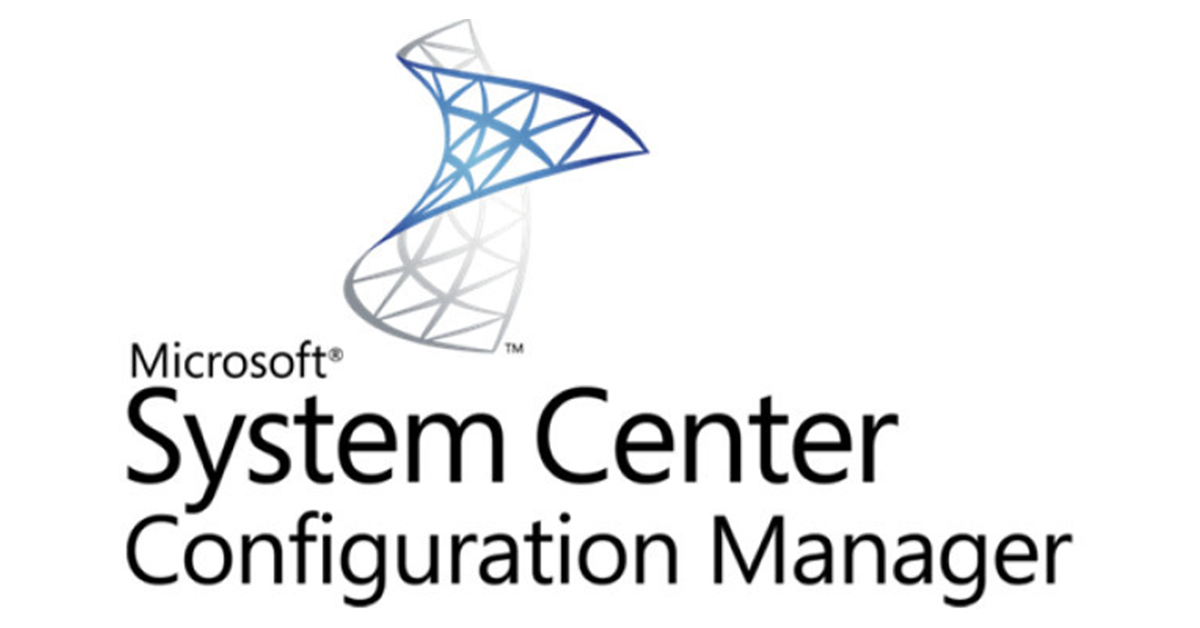

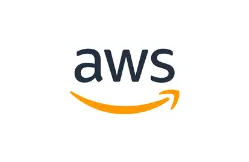
.webp)
